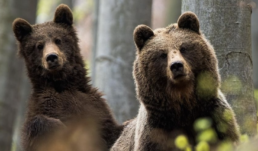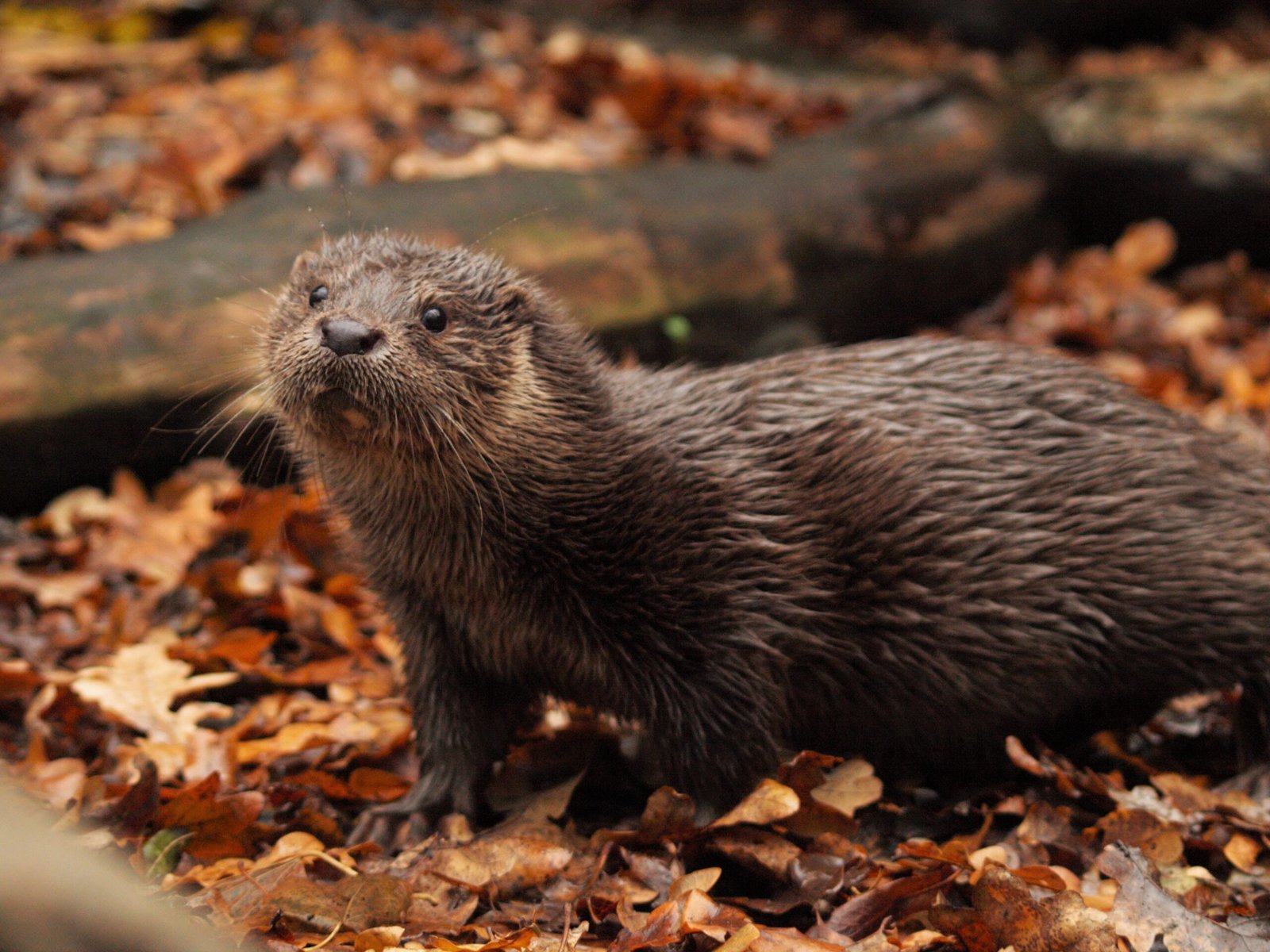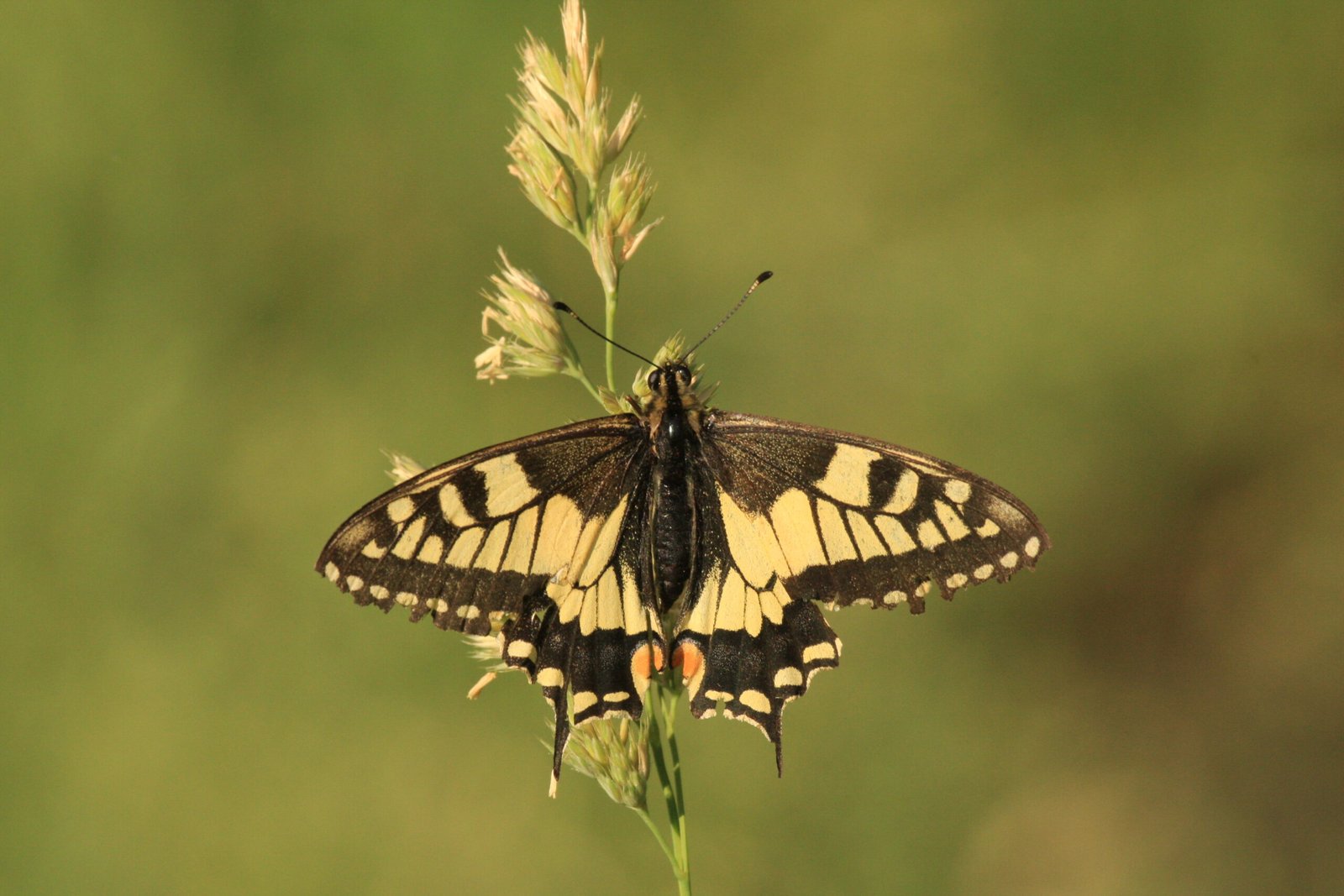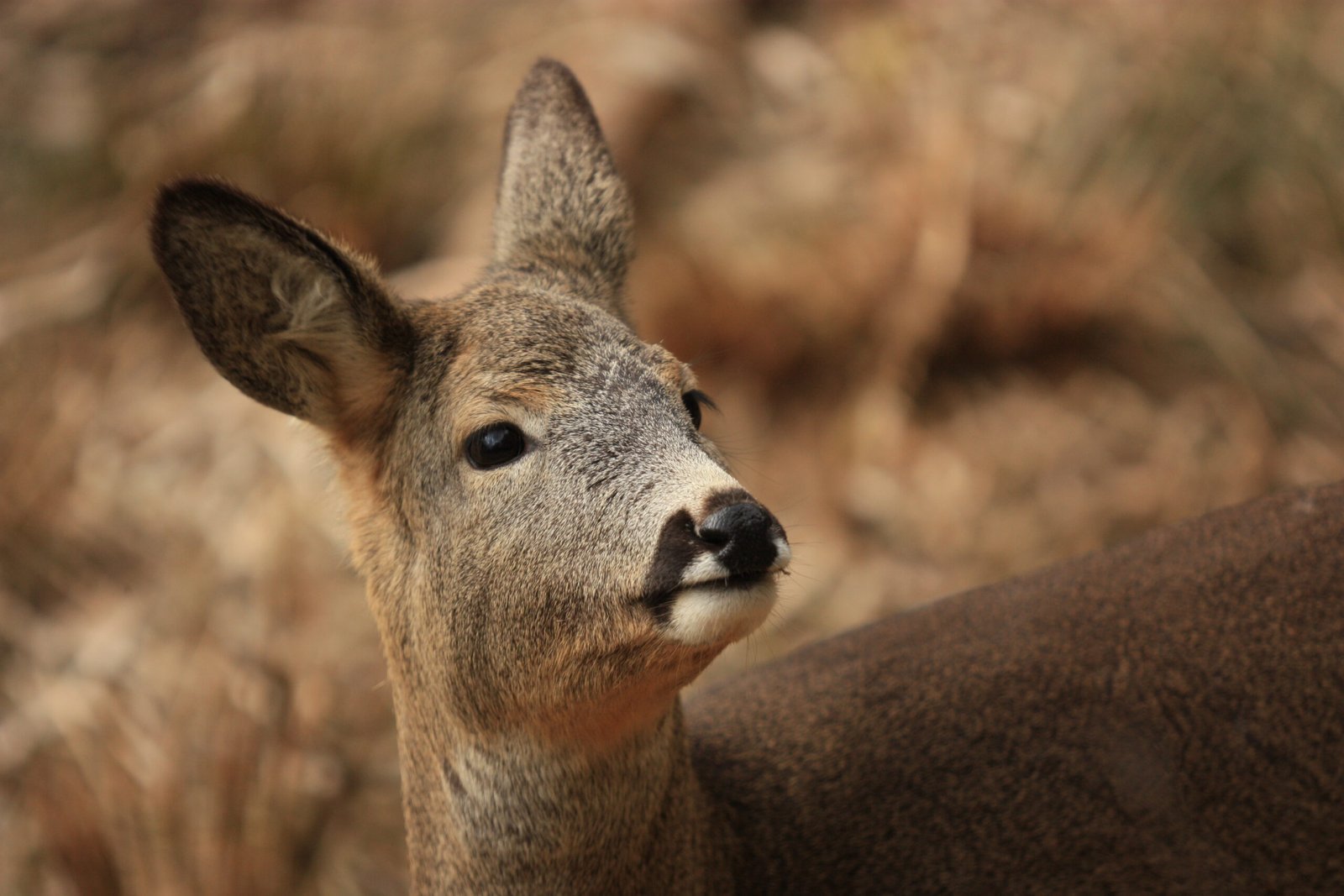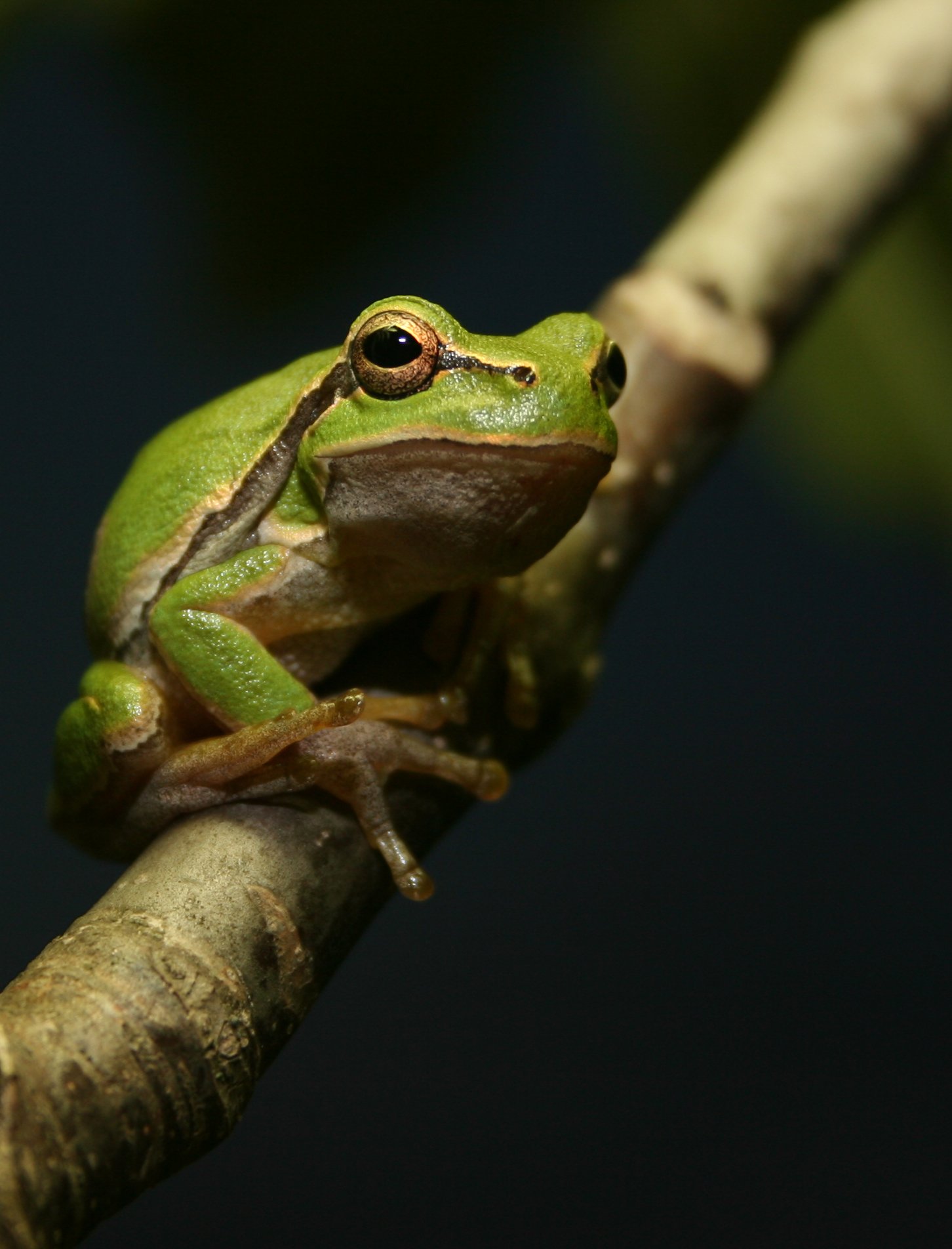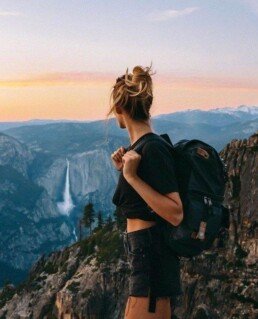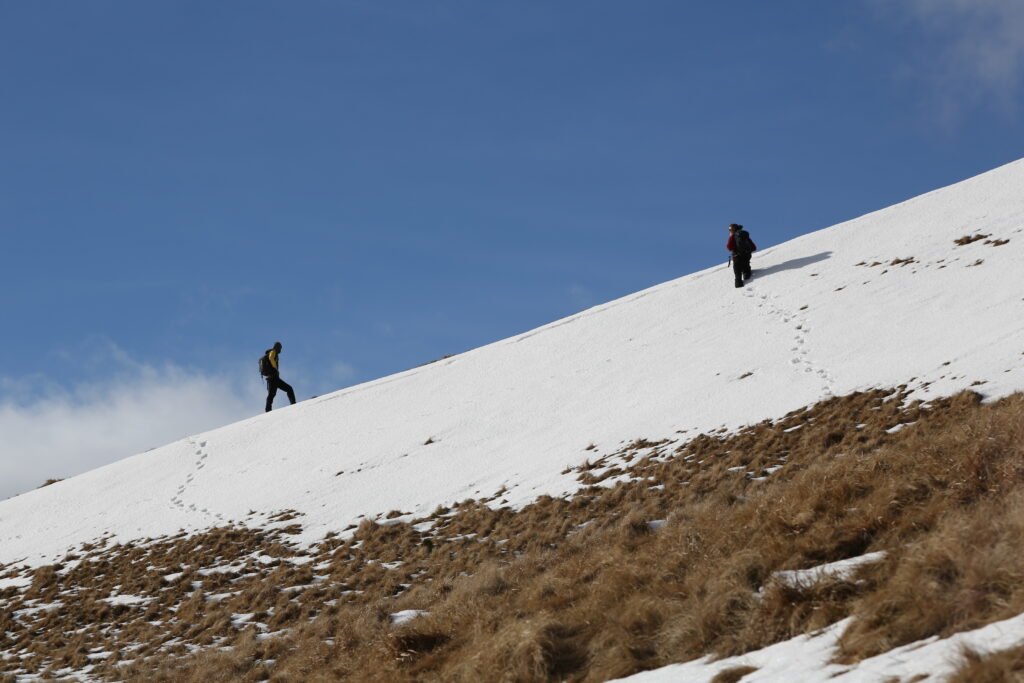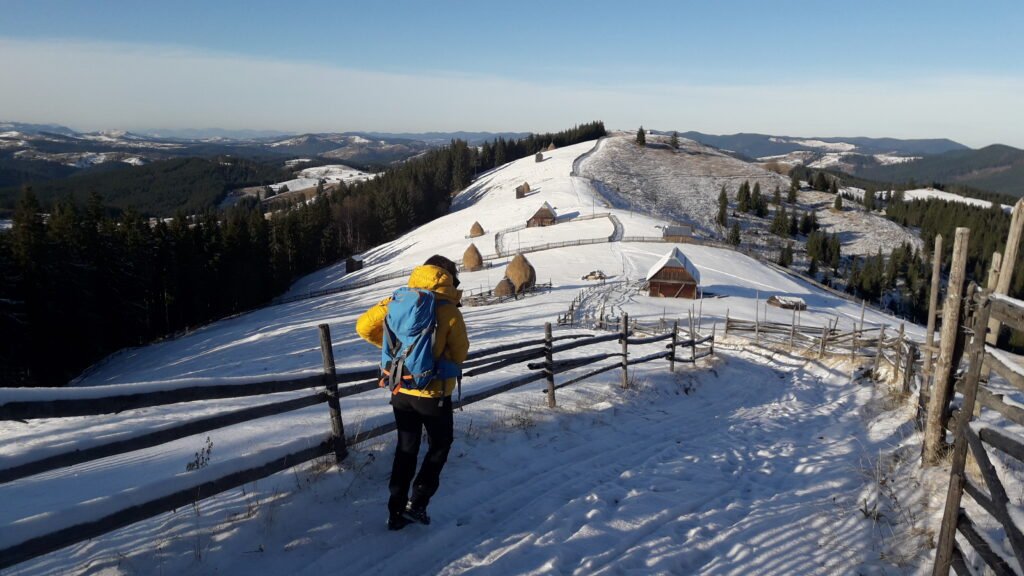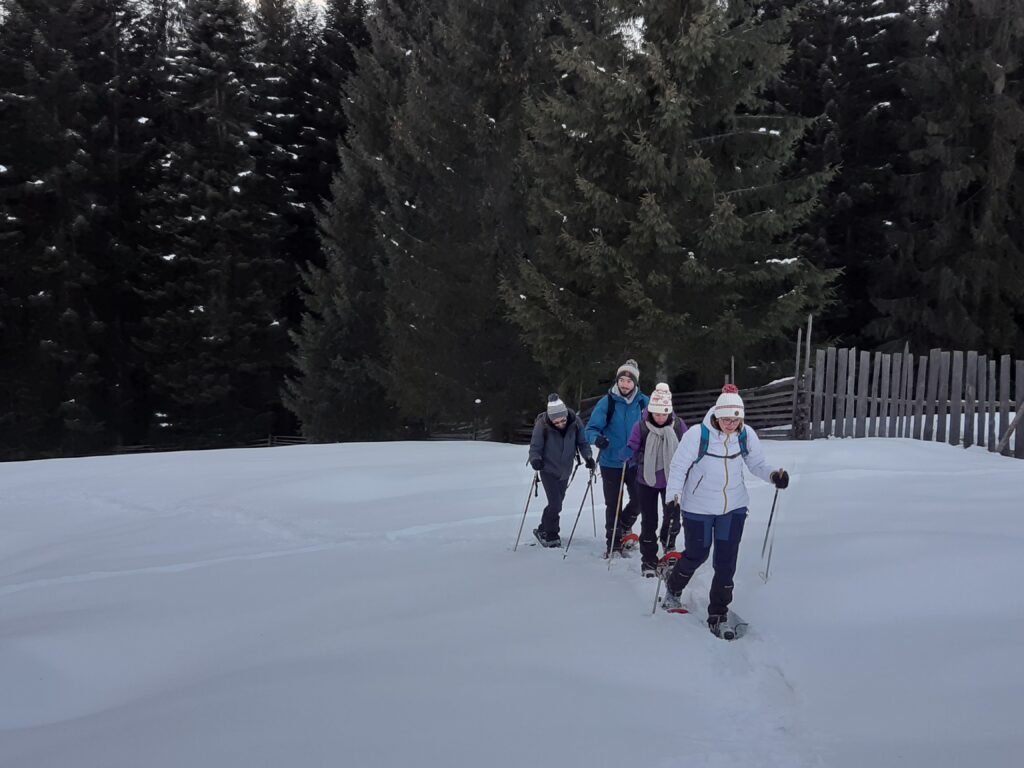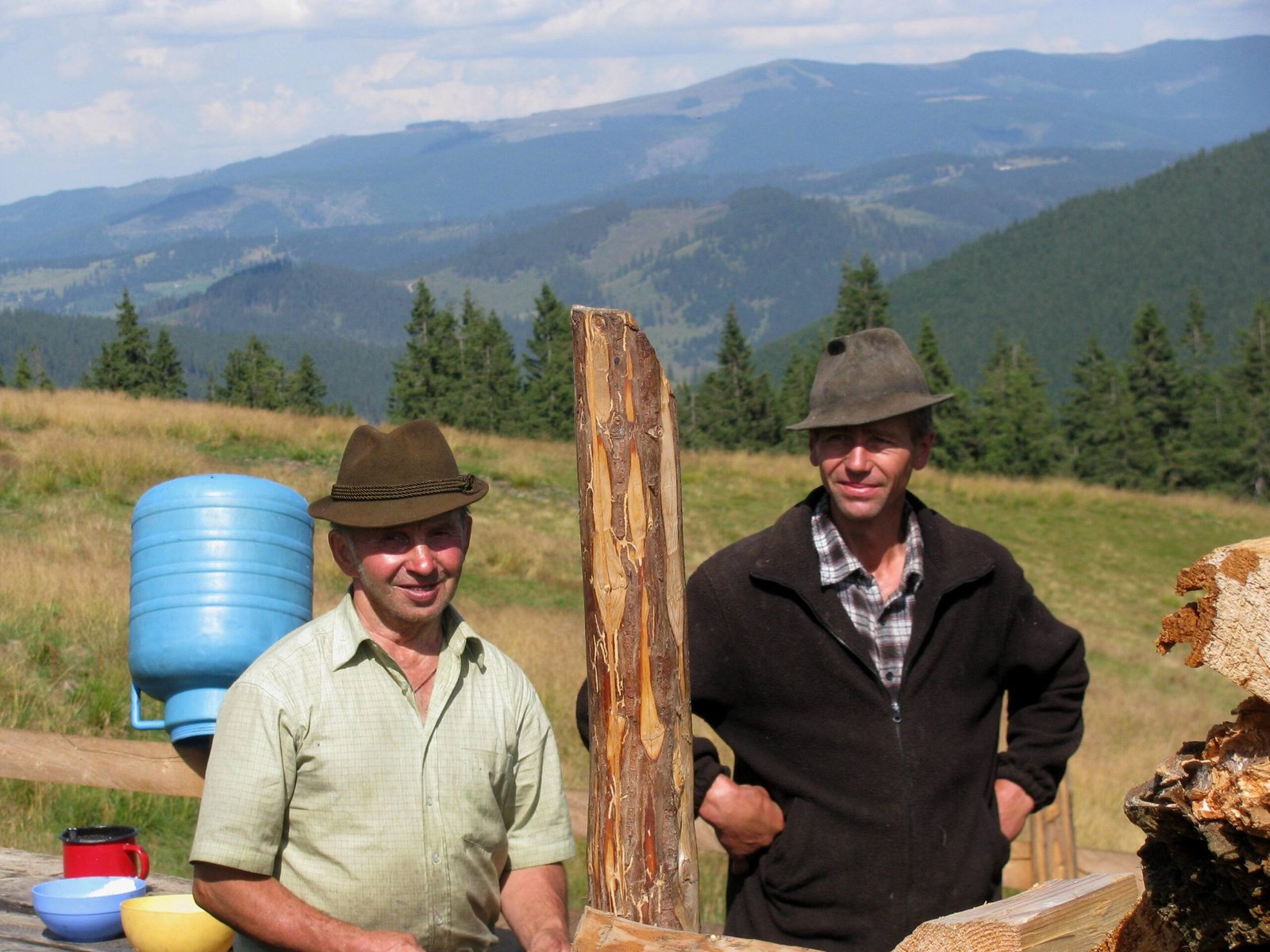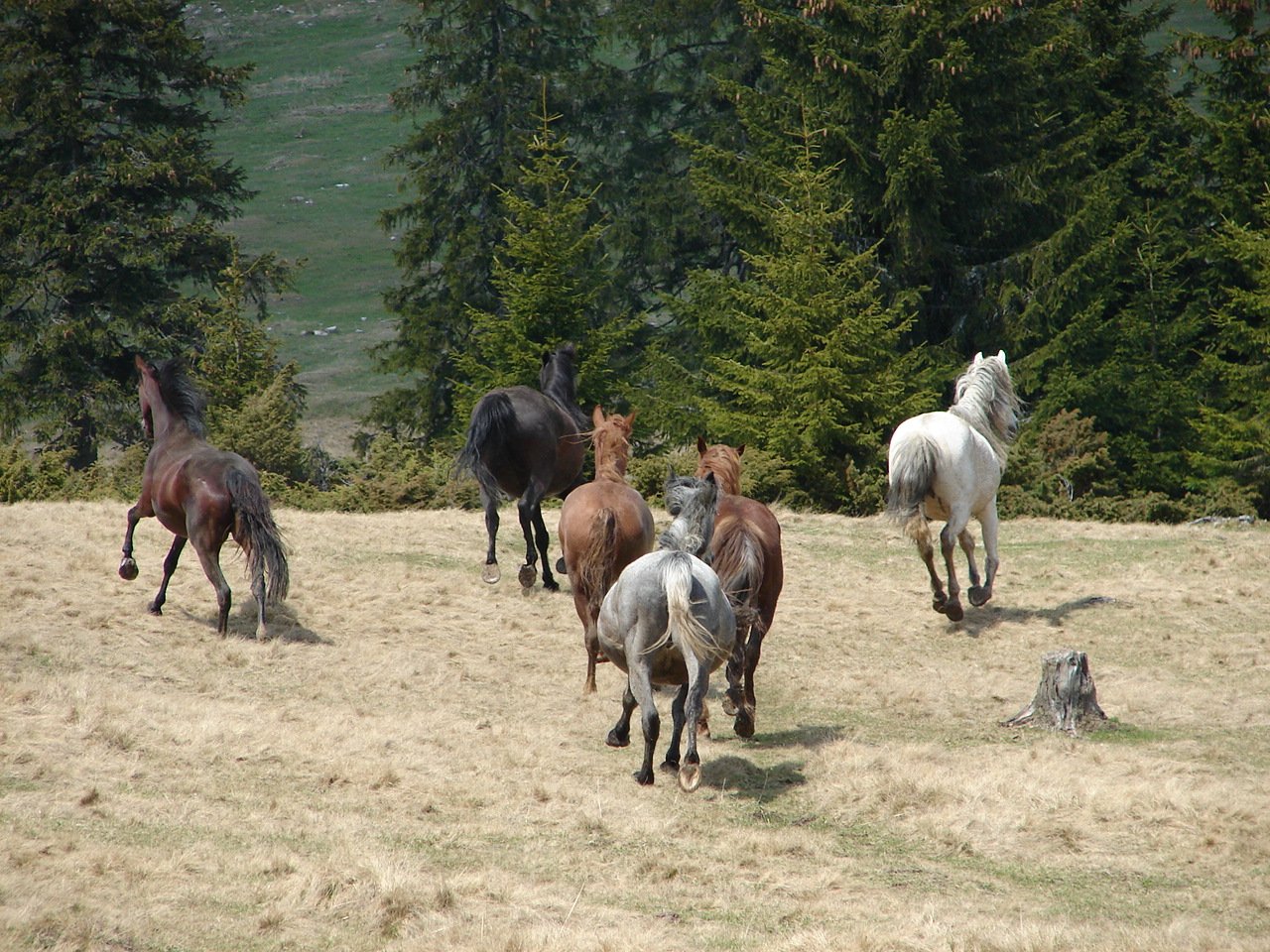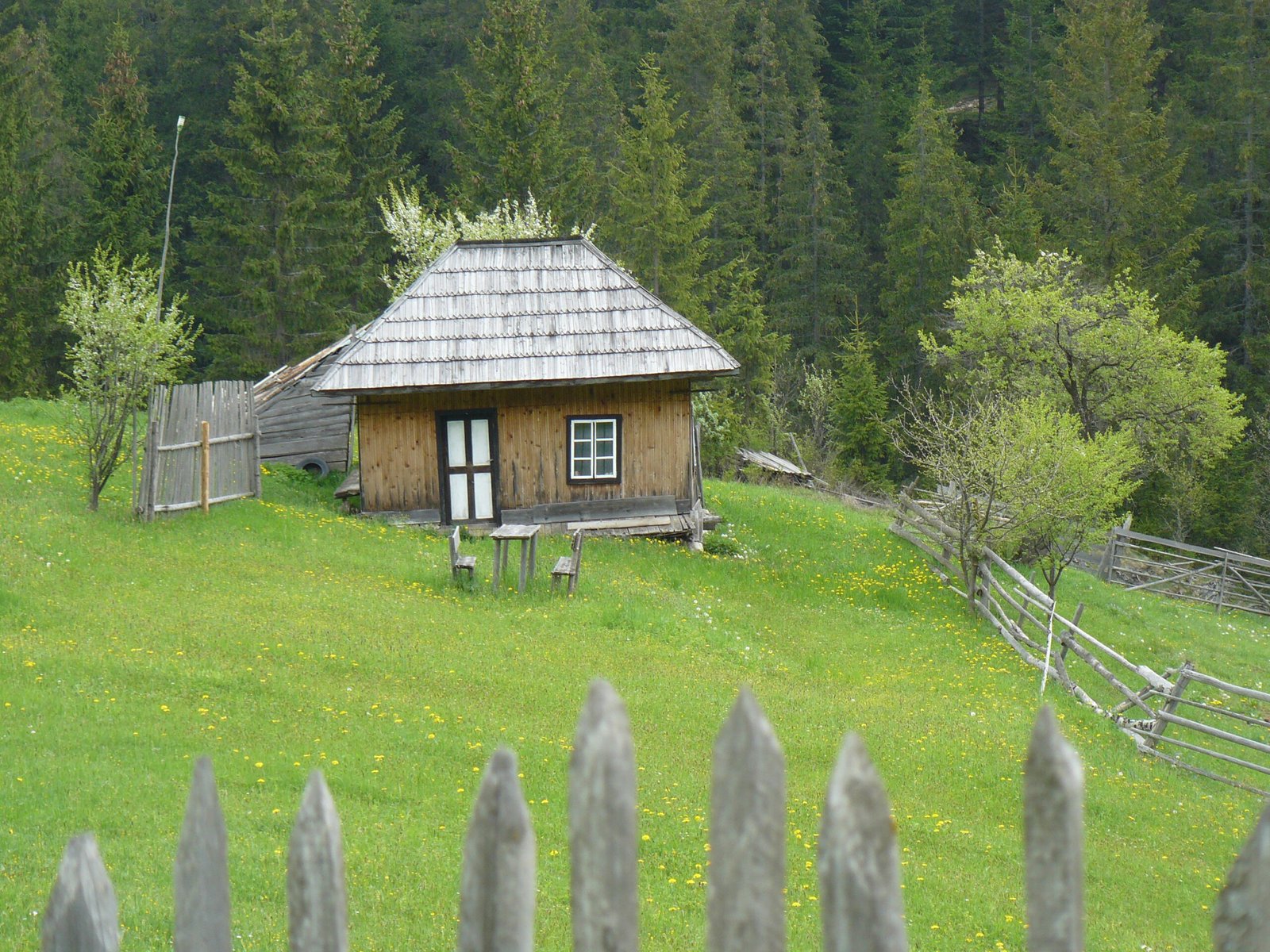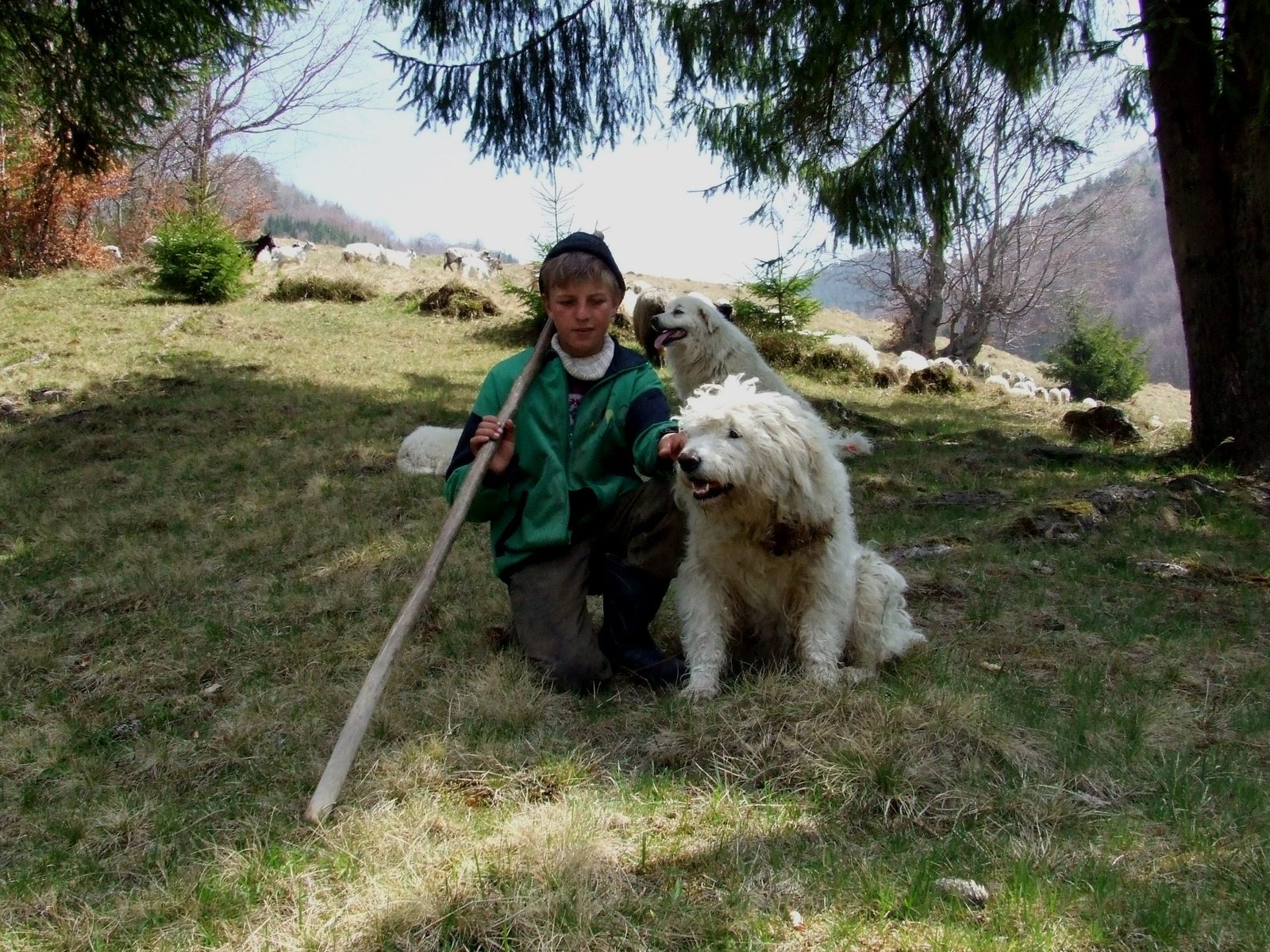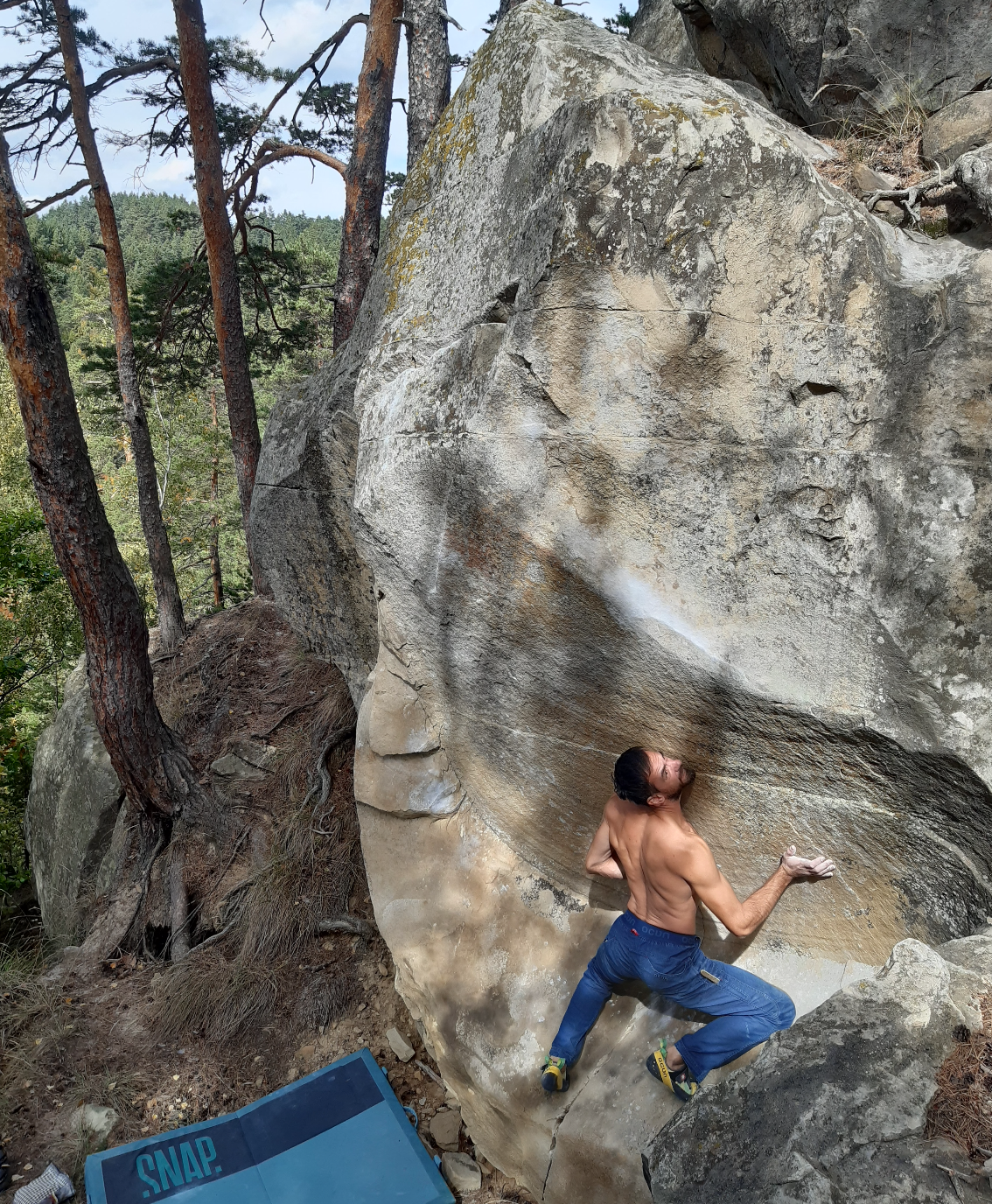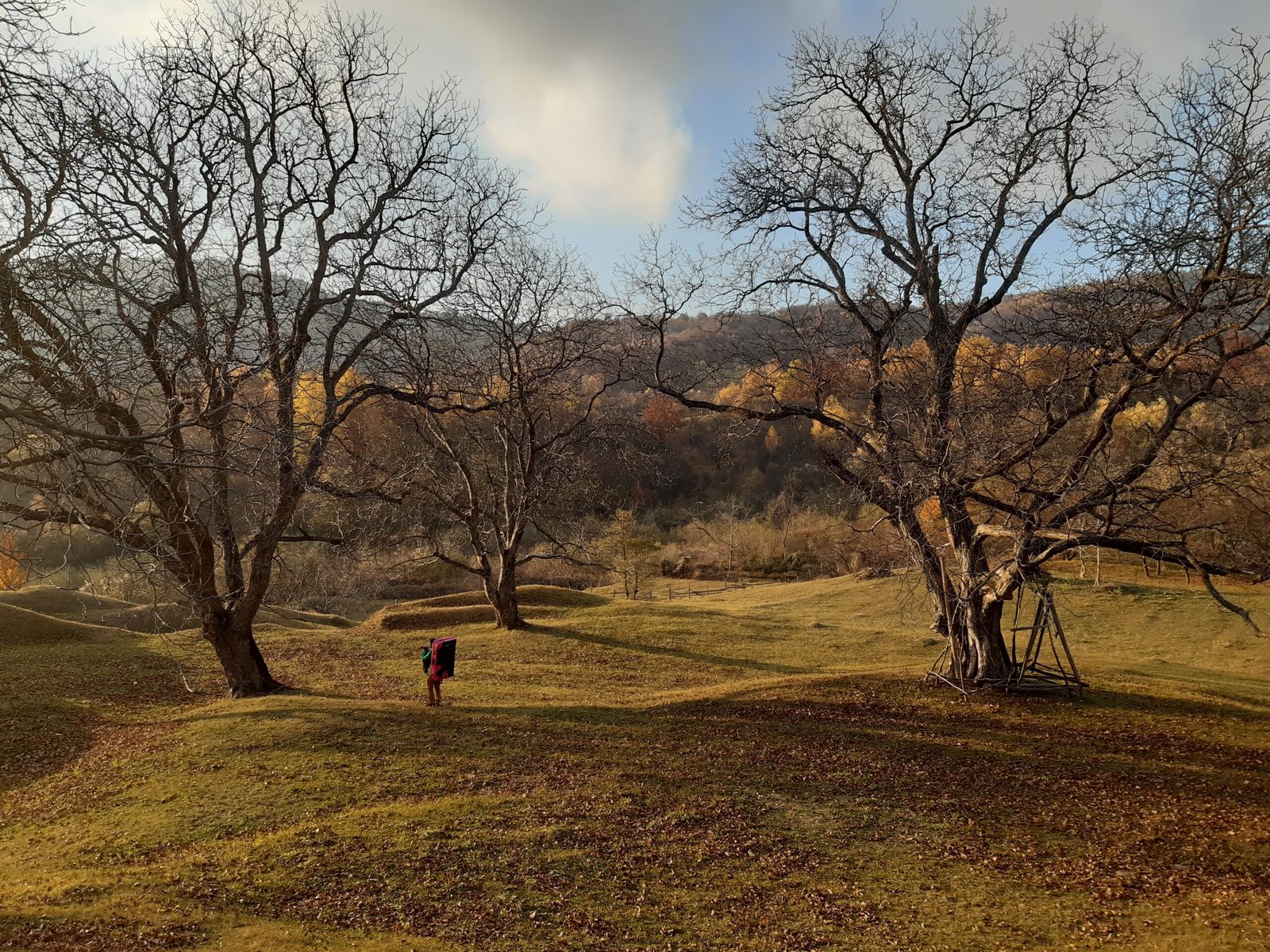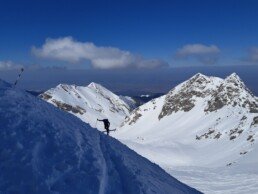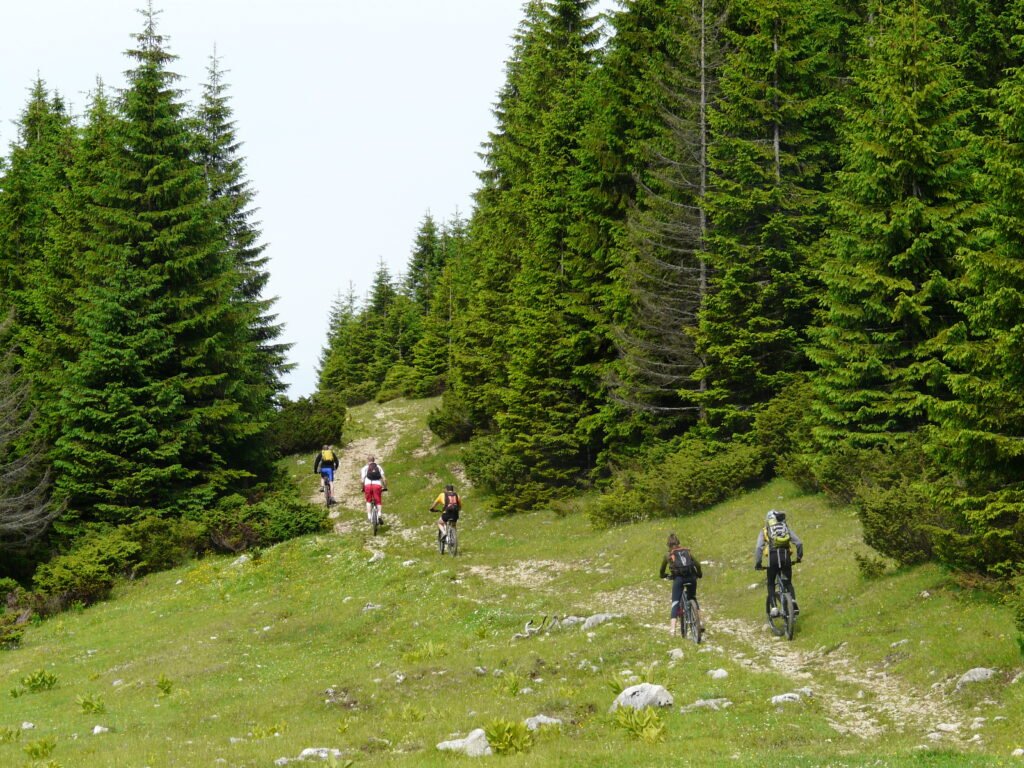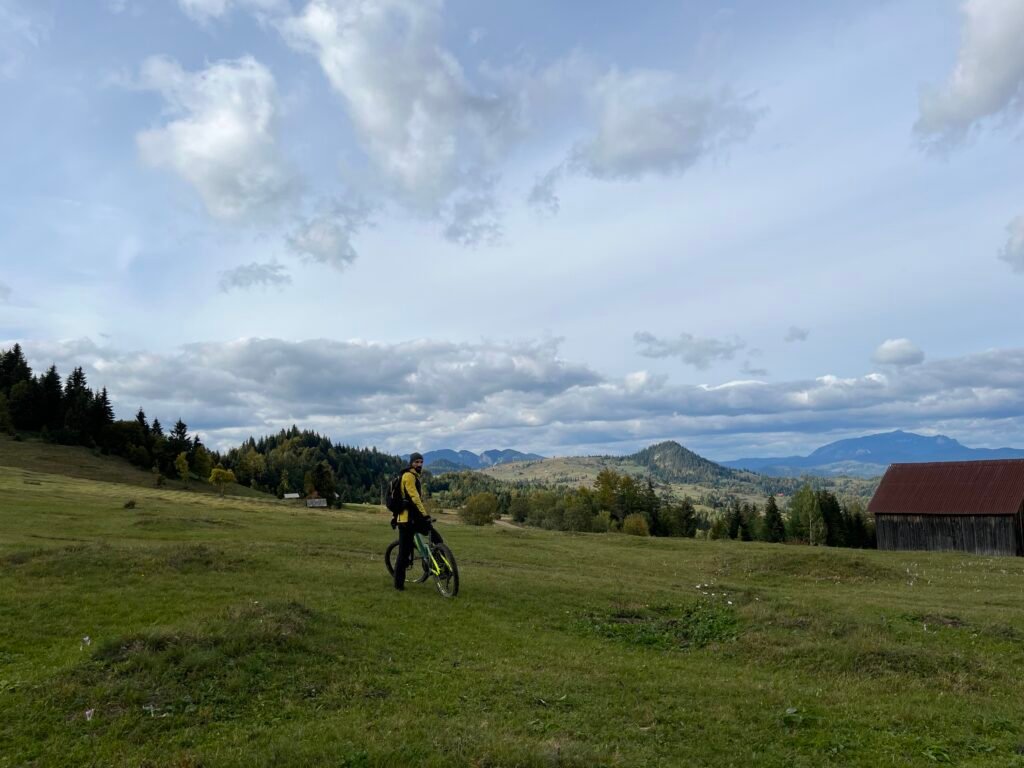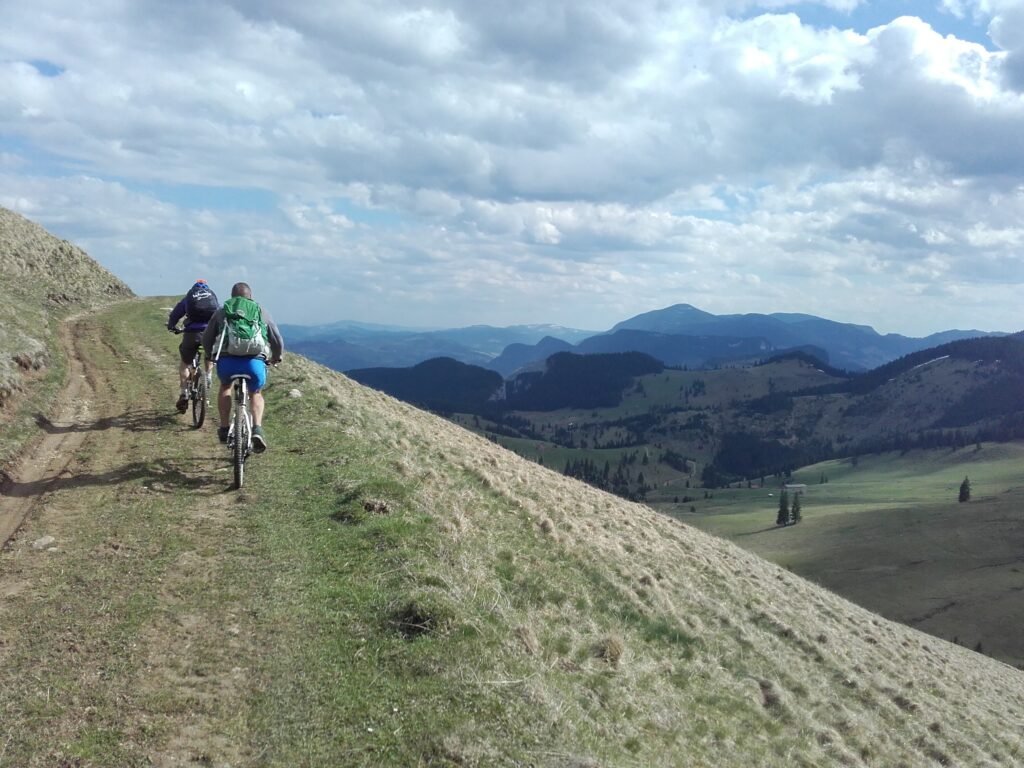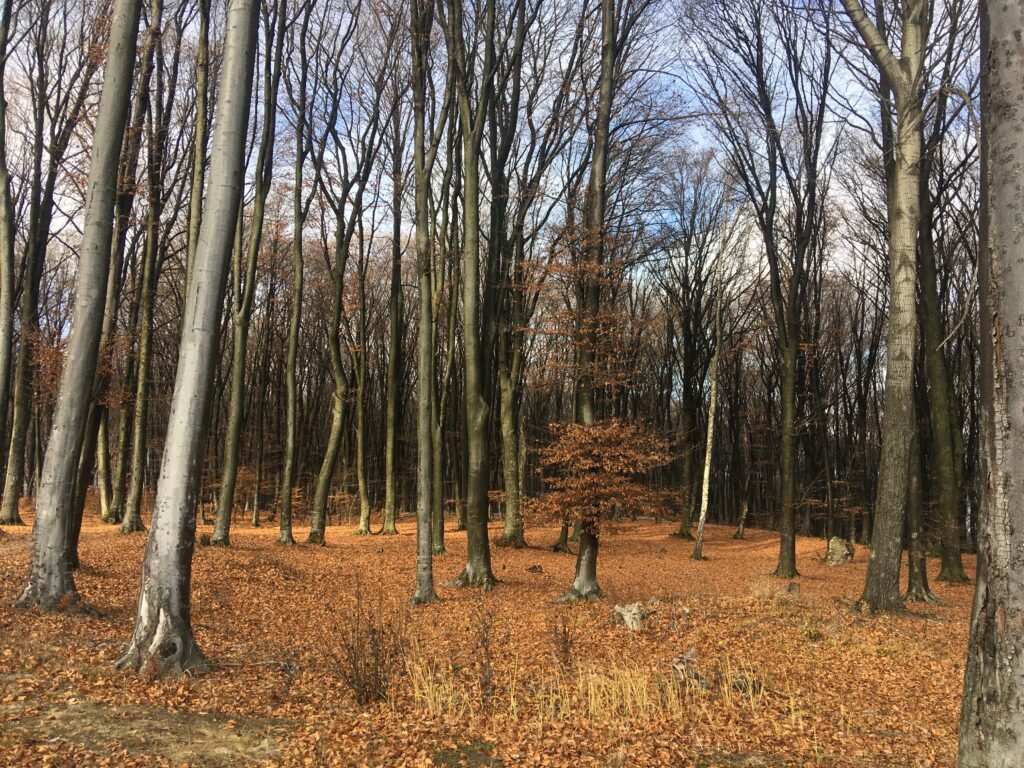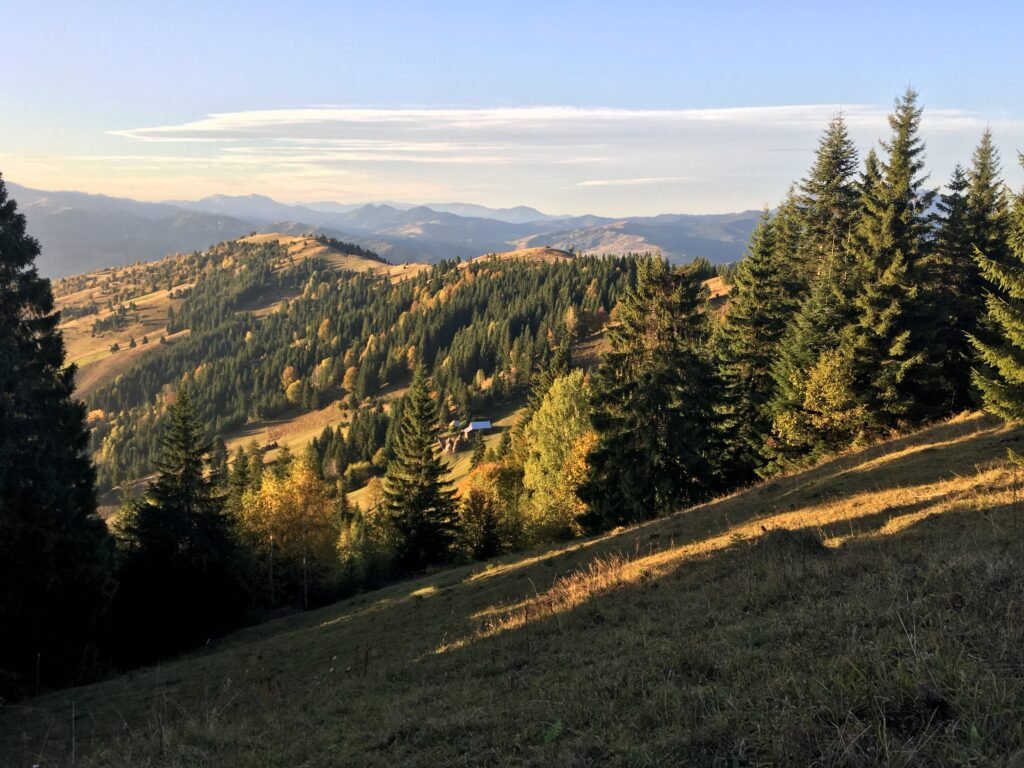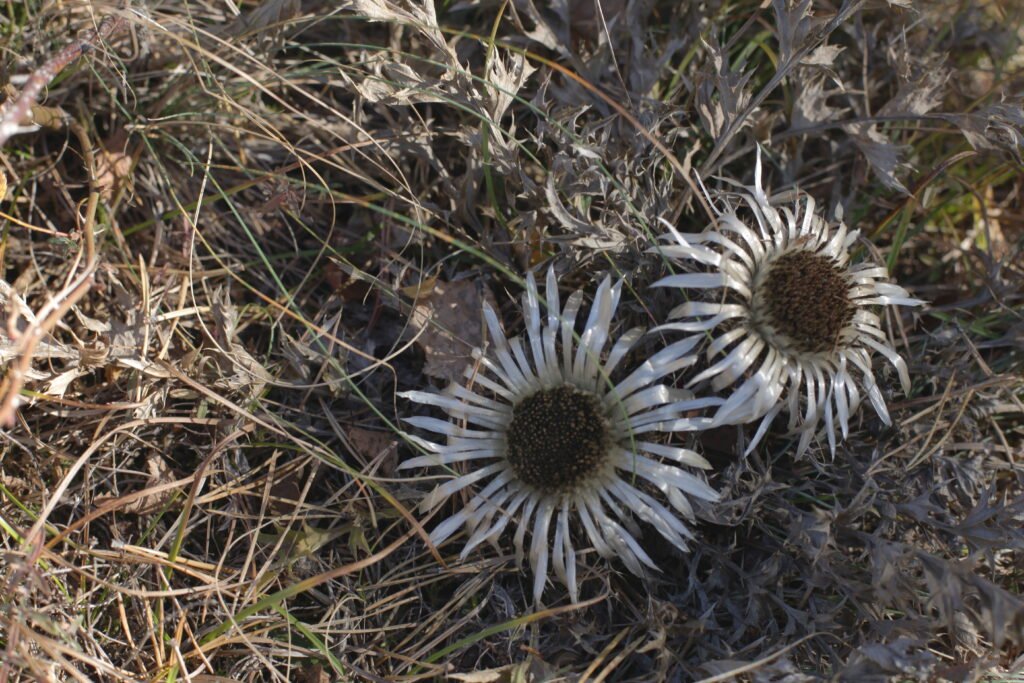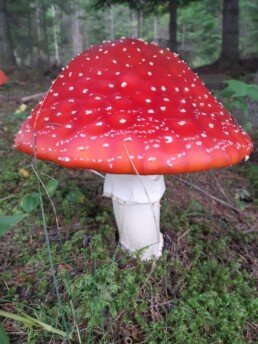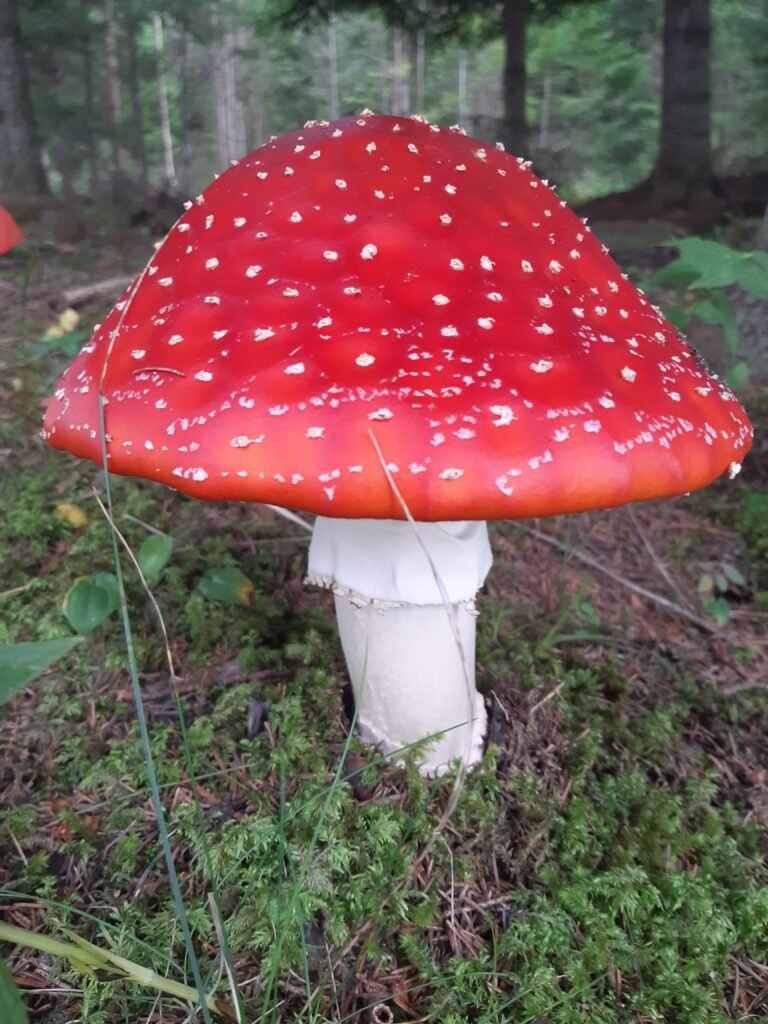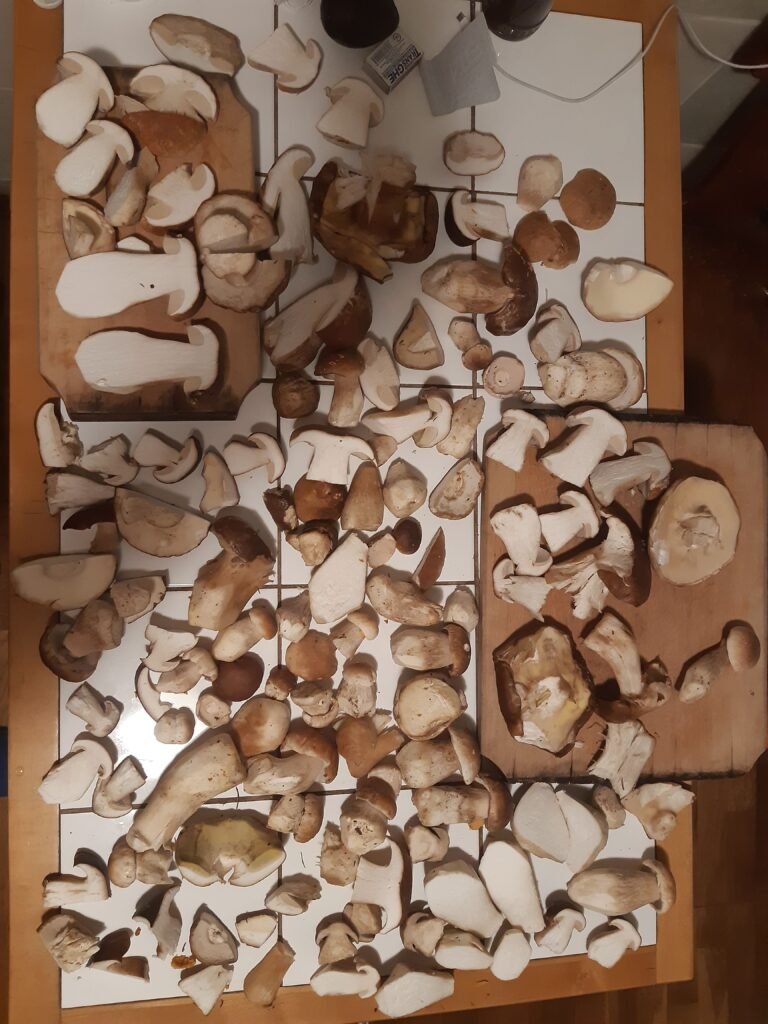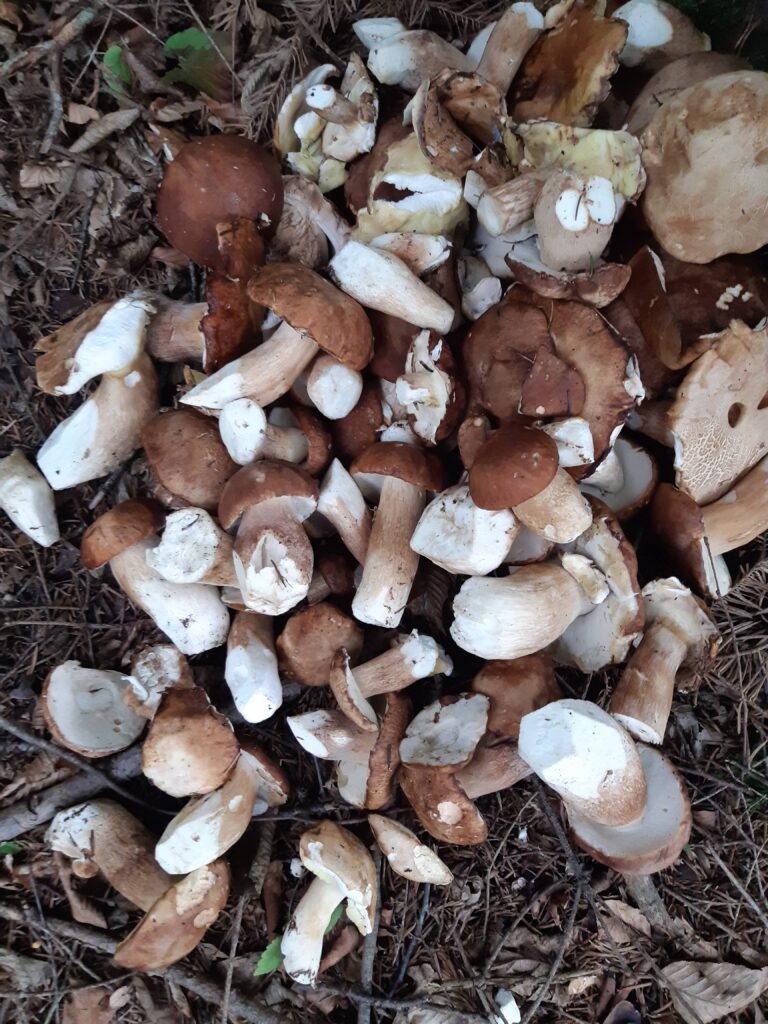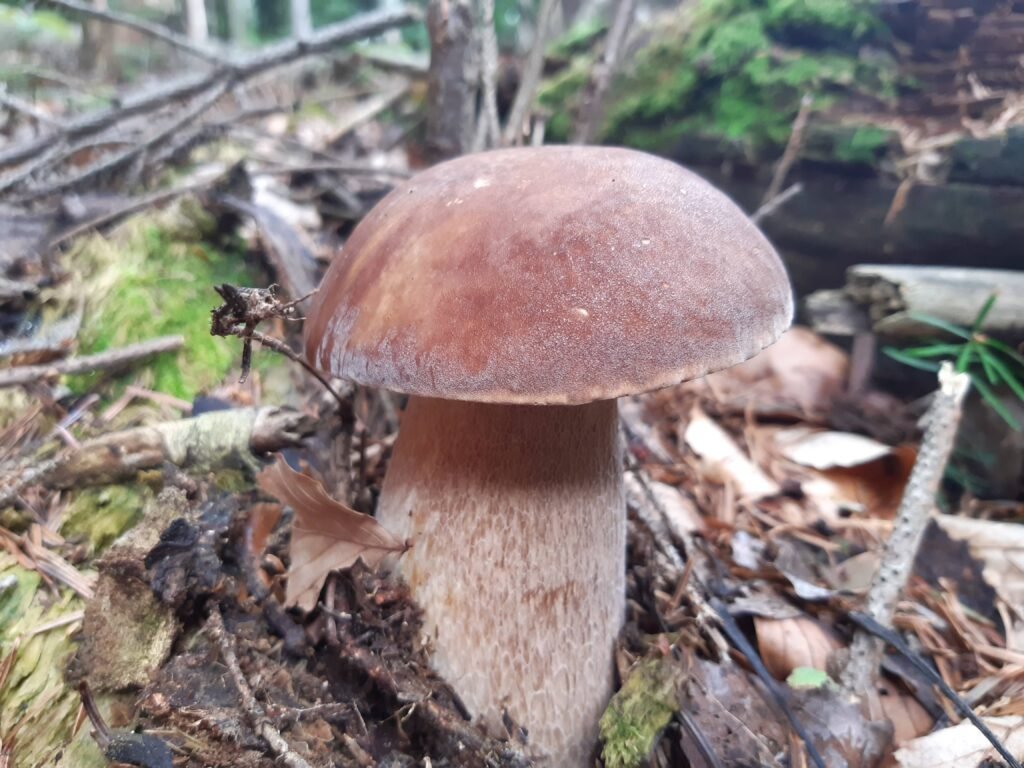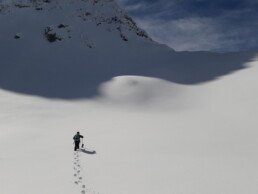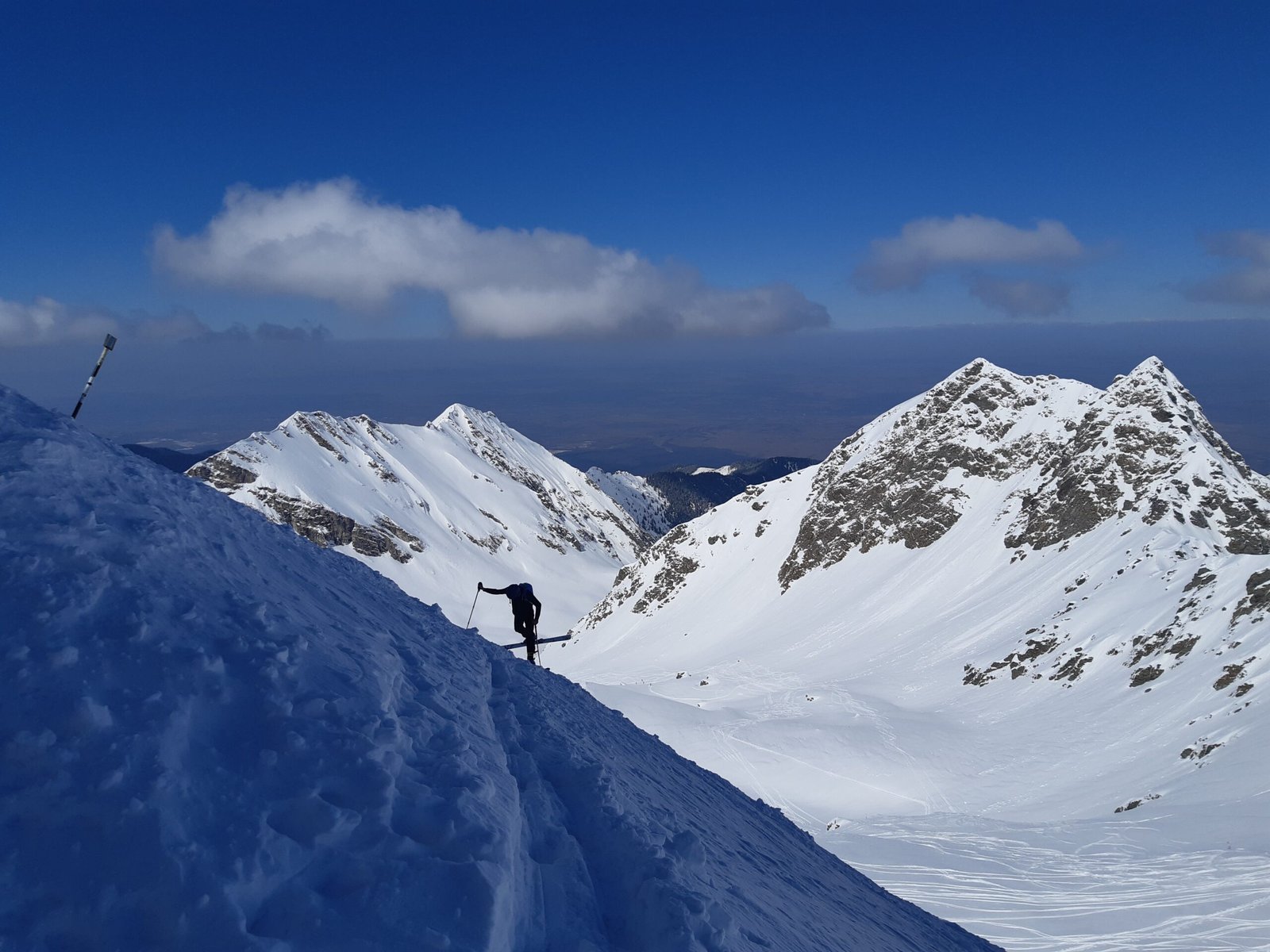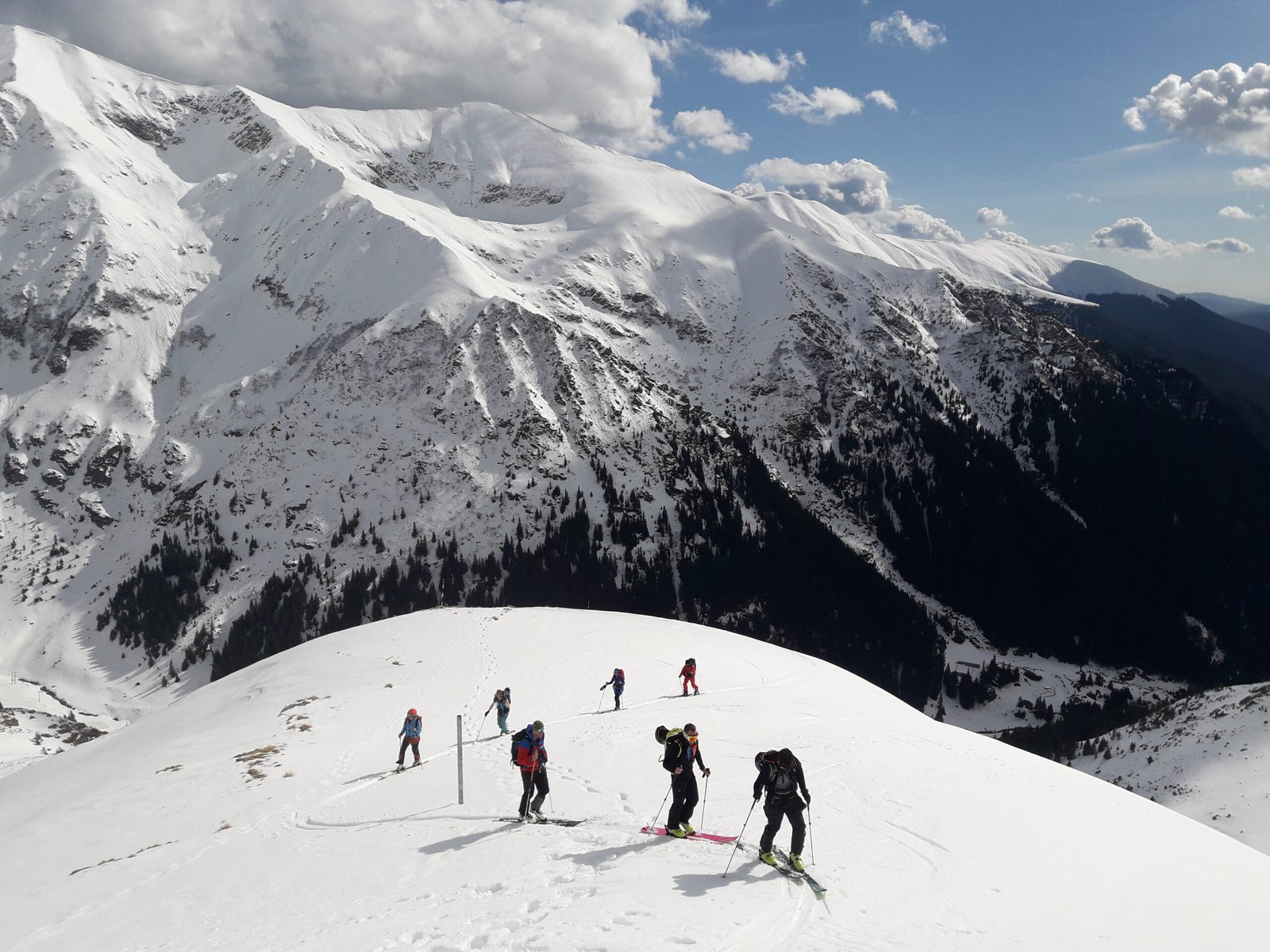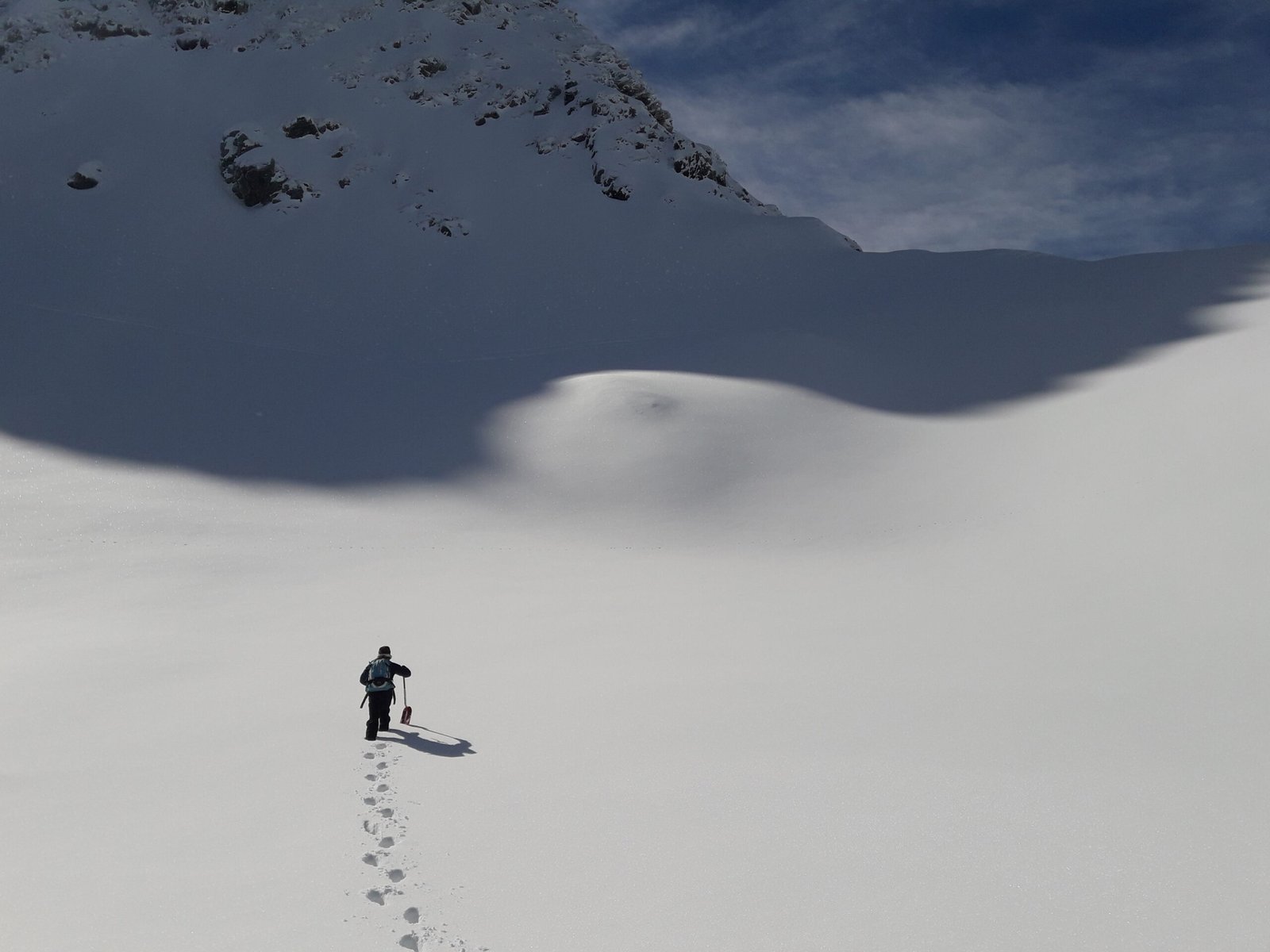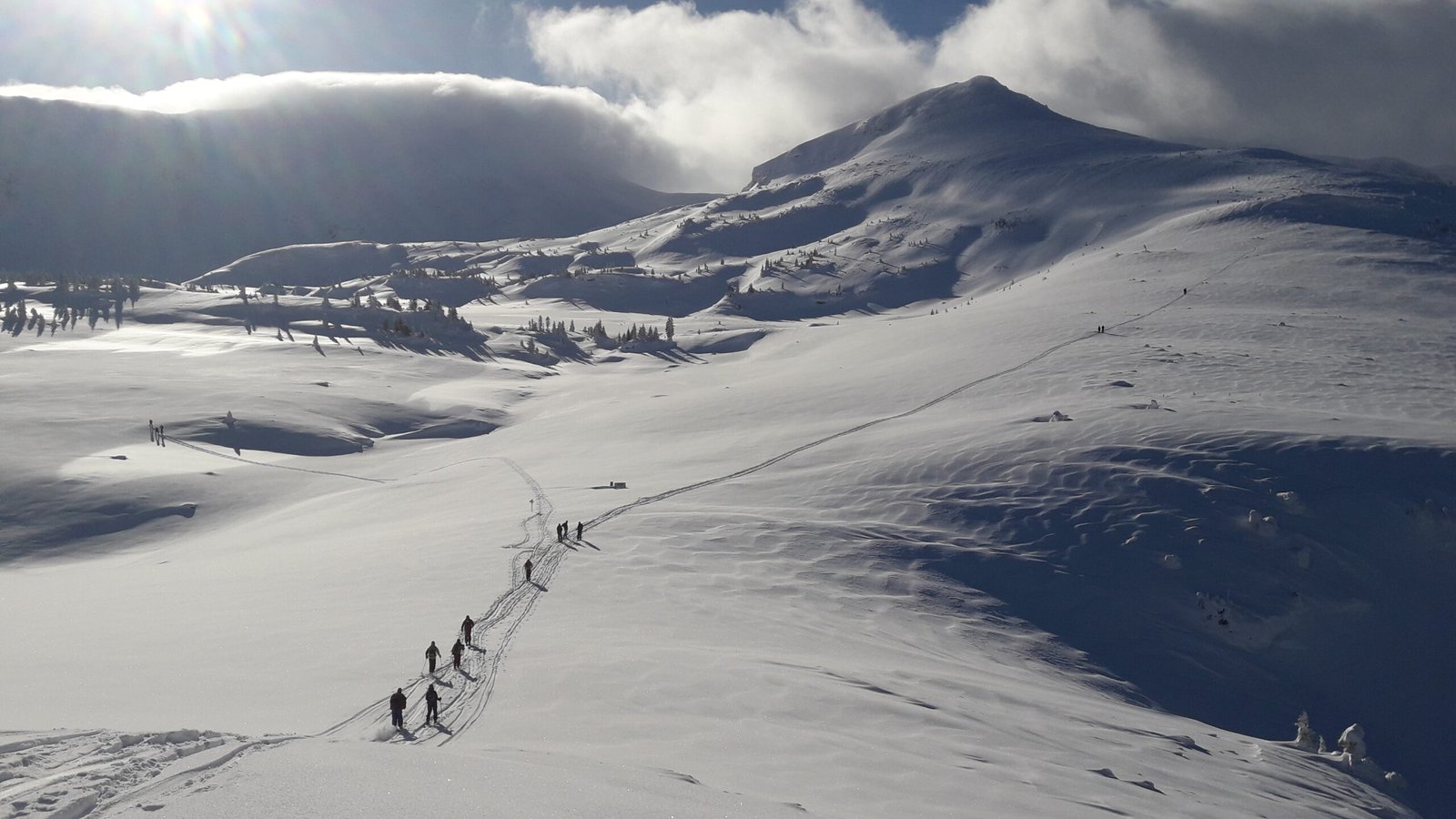wildlife
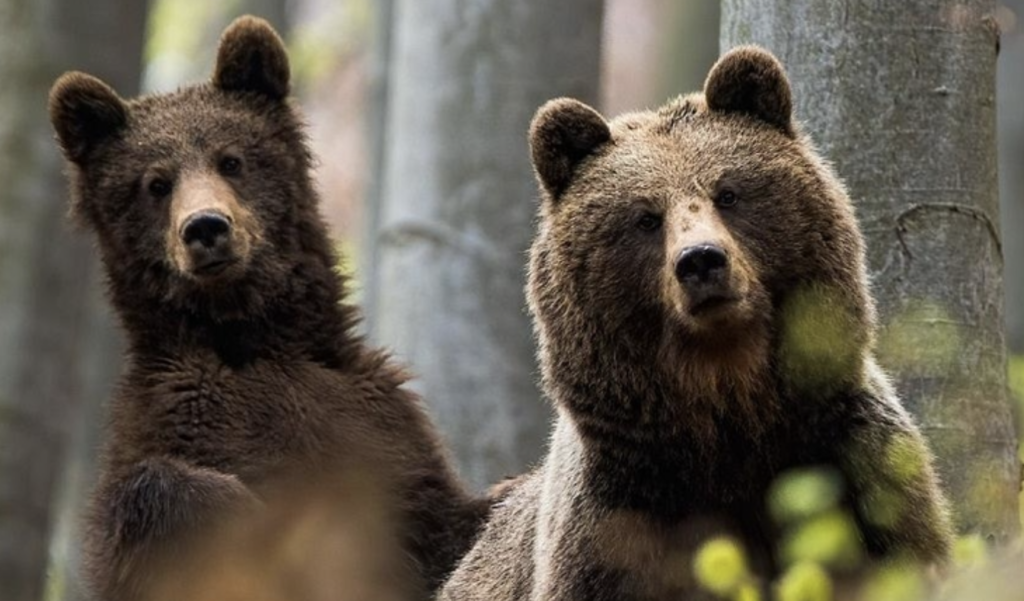
The ancient gods
Apart from being wild and mysterious, these forests also hide a certain number of beautiful mammals known as large carnivores: wolves, bears and European lynx. Their presence is favoured by the existence of large surfaces of natural woodland, by the “not so high” number of people actually living in Romania, and probably the most important, by the sense of space most of these people still preserve in their heads, and that I call a preference for freedom instead of security. As a consequence, the presence of wildlife is something you feel constantly while hiking these mountains, accompanied by another very precious feeling: that of the lack of borders to these wild spaces. And that makes this wilderness in the heart of Europe unique for us: five minutes away from a sunny meadow where a twelve year old girl rakes the hay, lies THE FOREST: deep, wild, never ending, mysterious, teeming with old gods, like bears and wild boars and eagles. To fully understand what we talk about, better be around in December or March, when the snow is here: it’s the animal tracking season.
Carpathians’ peoples
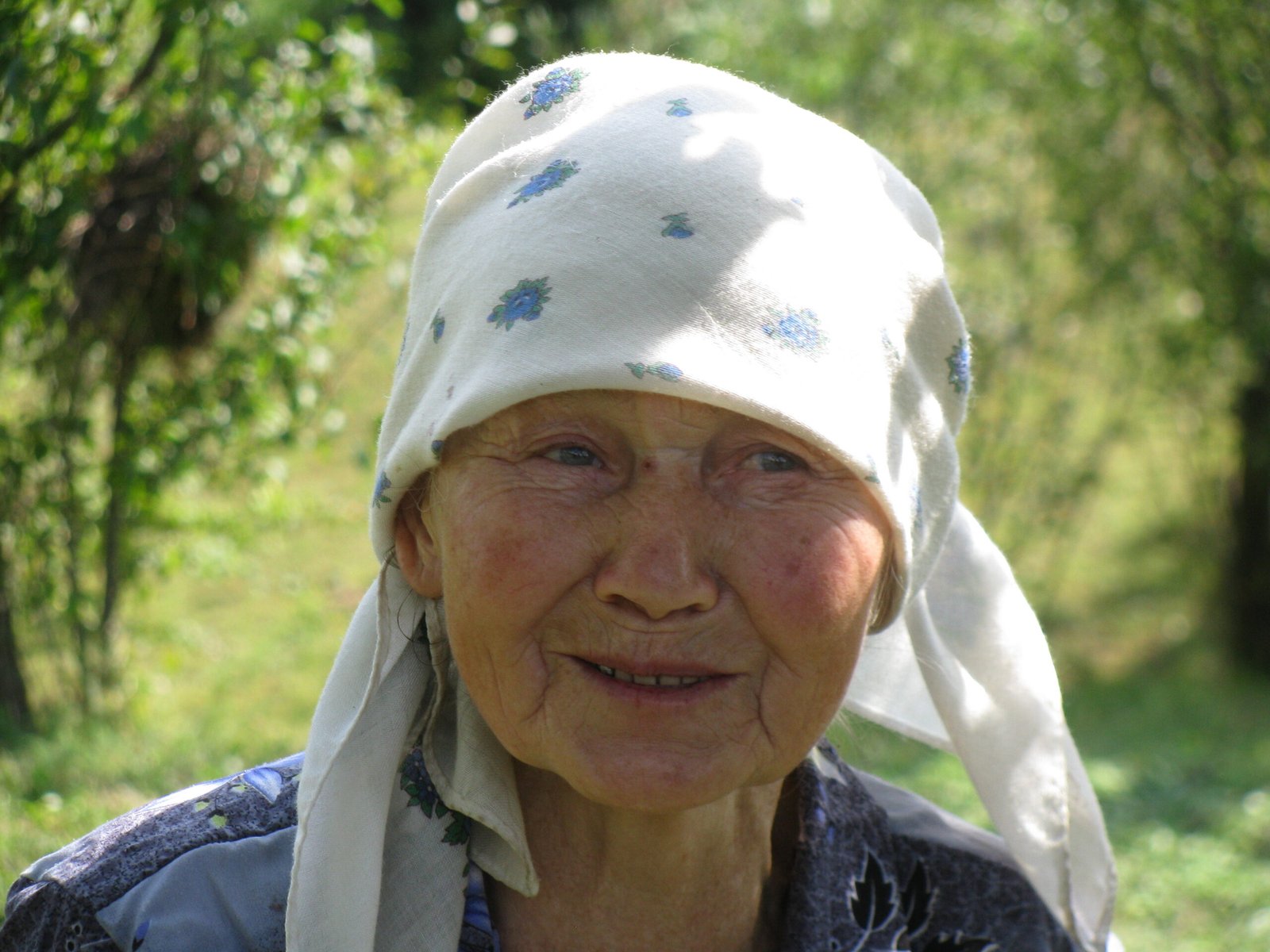
Carpathians’ peoples
It’s probably the last mountain culture of Europe where people are still going around making hay by hand and casually walking uphill for two hours to get to that other plot of land where haystacks are built and potatoes wait to be taken care of.
Also probably one of the few where, besides machines, people keep horses for field work and also oxen, for the really hard winter jobs in the forest or on the hay meadows.
It’s the place where you will see shepherds bringing supplies on donkeys’ backs to their huts at 2000m, where their flocks spend the summer. And where entire villages are being temporarily deserted because locals take to the mountains in summer in what is possibly the last transhumance on our continent.
This culture handcrafted and nourished the beautiful landscapes of the Carpathians, and the same culture is living its last days now, struck by the complete anachronism of its existence.
It leaves behind wooden churches, gradually rewilded alpine meadows and a heritage of spiritual freedom and openness towards people and nature that allow us to walk everywhere on their lands in unhindered freedom and contemplate the ubiquitous presence of large carnivores in the closest proximity to the human communities.
Bratilesti bouldering festival
October is the month of balance: warm in the sun and chilly around the corner, it’s cold in the morning and pleasant at noon, it’s the explosion of colours in the golden light and their death in the shade of the north. And it’s the month for climbing and for sending your long-term projects on rock.
For a few years now, Bratilesti Bouldering festival is happening during the first decade of October. It’s a rather informal rally of climbers, on the high plateaus of Buzau County at around 1000m altitude, an area with good quality sandstone boulders and crags, where we camp freely and gather around the fire in the evening, enjoying a natural access to fundamental freedoms that are starting to fade even in Romania, in more popular climbing destinations.
In the meantime, at home, the assault of old term climbing projects continue. Also the search for the new ones is about to begin.
spring snow
Spring Snow
Spring snow is a different chapter altogether. Everything is easy, from tackling the scary steeps to the pace of skinning ; there’s no need to rush, the day is long and bathed in sunlight. Water is everywhere, you can hear it and so are crocuses. So are bears’ footprints. And the deal we strike is always a winner: burnt skin and sweaty t-shirts in exchange for glorious couloirs and mad sunsets.
MTB /E-MTB
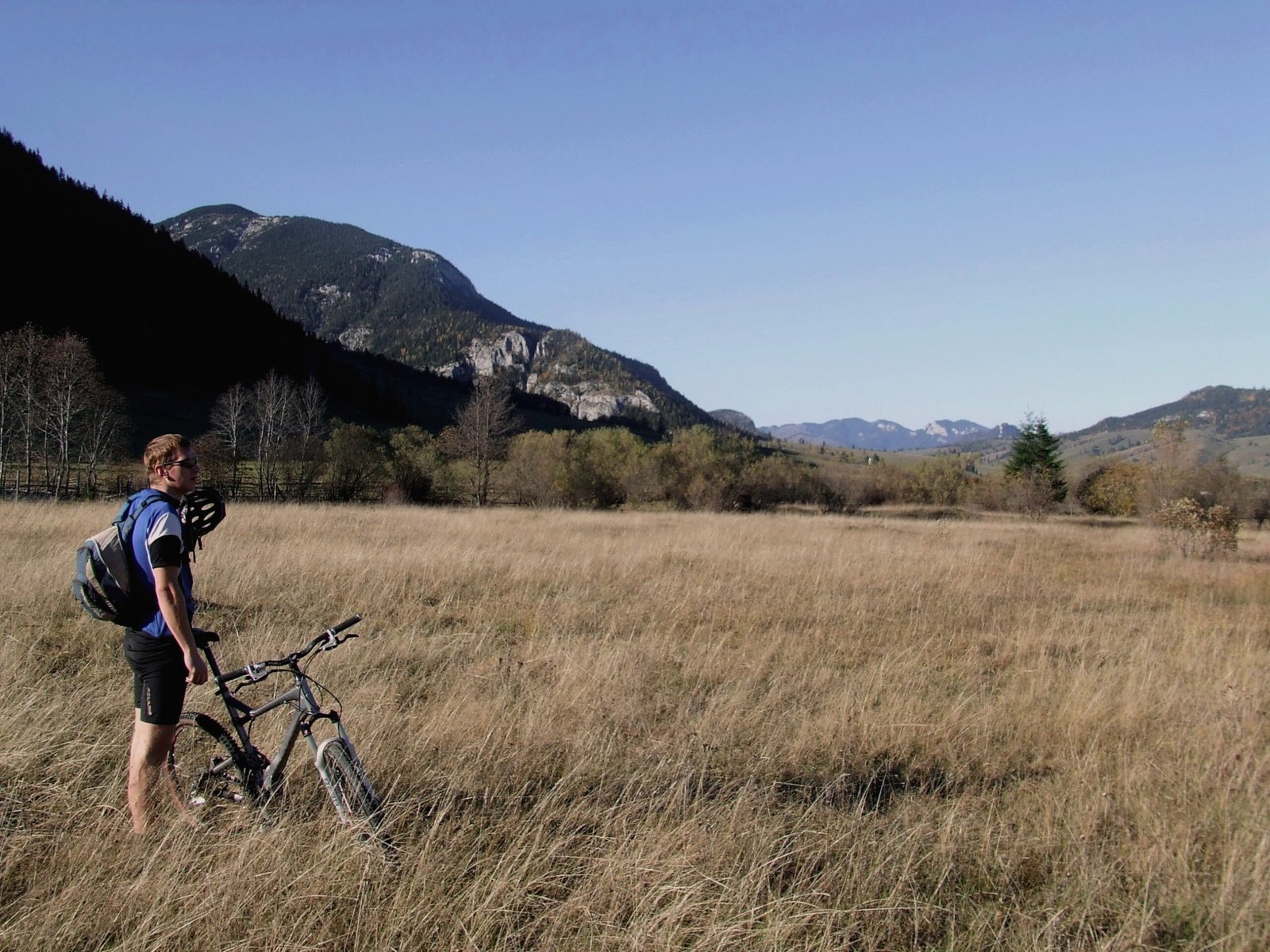
Biking
As we are not a surfers nation, the equivalent of skiing, for the warm season and possibly beyond it, is biking.
Nowadays there is an important offer of interesting bike trails around these mountains, but the really fun thing to do is, as usual, explore the vast landscapes of the Carpathians in total freedom. Be it on the shepherds paths up on the alpine meadows, on beautiful shortcuts that locals take through their hay meadows or across properties, easily convertible in pleasant single tracks, or on altitude roads built during one of the countless wars waged across these lands in the past.
The recent newfound freedom provided by electric power transforms this beautiful adventure of exploring the rugged spaces of our mountains in an accessible experience for a larger public.
mushroom picking
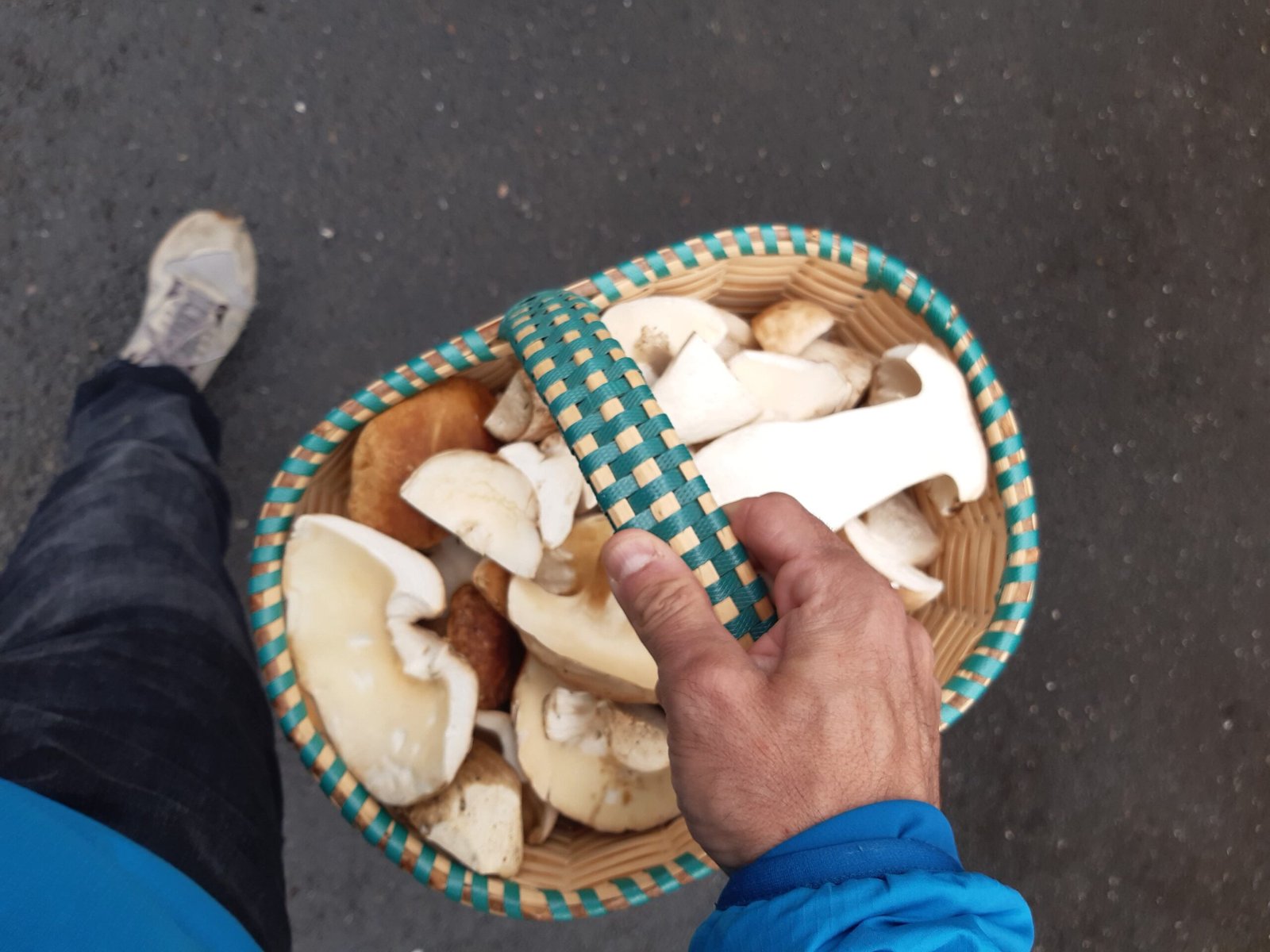
Mushrooms are probably THE REASON why we are in the forest so often in summer. There is no other way of getting lost and losing track of time in a more magical way than by wandering the woods with no precise destination, looking for them. This year has been the best I have seen in all of my career as a mushroom enthusiast - everybody around here feels the same way - and, in the Eastern Carpathians, people are serious about fungi. Porcini, chanterelles, morels, russulas, amanitas, all were introduced to us by our grandfathers, as well as other skills, like napping in the middle of a day-long quest for mushrooms, in the forest, under a fir tree.
What we did, for the first time this year, was to go mushroom picking on electric mountain bikes. Already the forested slopes of Vanatori Natural Park are a challenge for the regular mountain biker, so adding 10 kilos of porcine in the back didn’t seem like the best idea. So, we opted for electric power to take us from Agapia Convent to Secu, then to Sihastria Monastery, then climb to Sihla Hermitage and back to Agapia. Almost 1000 metres elevation gain and the subsequent descent, twenty kilometres, some of them on kind of technical terrain and 15 kilograms of porcini per capita show where the value of an electric full suspension bike truly lies.
ski touring
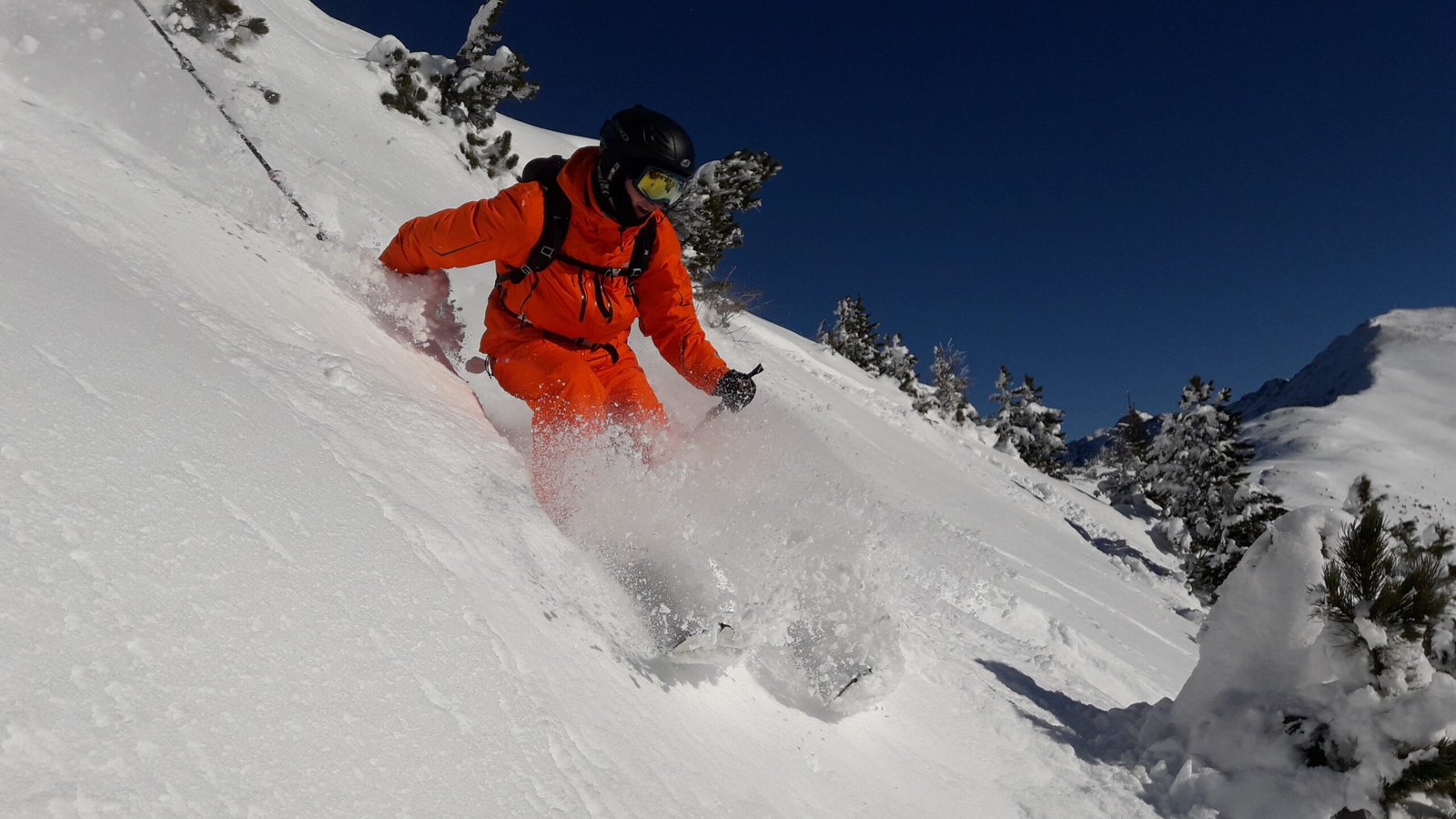
In mid May, when the spring snow starts to fade among crocuses, my mind starts the countdown to the next snow. Somehow, if not heading to the higher alpine crags, the rock climbing season also ends in May. It’s hot and humid the anti-season and it lasts till mid September. It’s long.
But for now, it’s five months of snow ahead, thighs to burn, new forests to discover and old couloirs to visit. With the new gondola in Borsa, last year we’ve been scouting a somehow new area that became more accessible by skinning over reasonable distances. We skied a few times, descending faces that we saw from the distance the previous years, both on the north and on the south, and spotted some lines for the 2022/2023 winter. Their time has come.
We also made it to some new mountains, some on the western flank of the Carpathians, some on our side. Snow was not always perfect, but there were at least two months of easy to find deep and fluffy white gold. We have now in the bag some very different types of terrain, from the beautiful backcountry hills of Bucovina’s Tapu Peak, where the trail starts and ends in people’s isolated homesteads, to Toroiaga’s impressive 600 to 700m drop spines. Last season we were up on Rodna ridge on the 15th of December. Maybe this year we can beat that!
